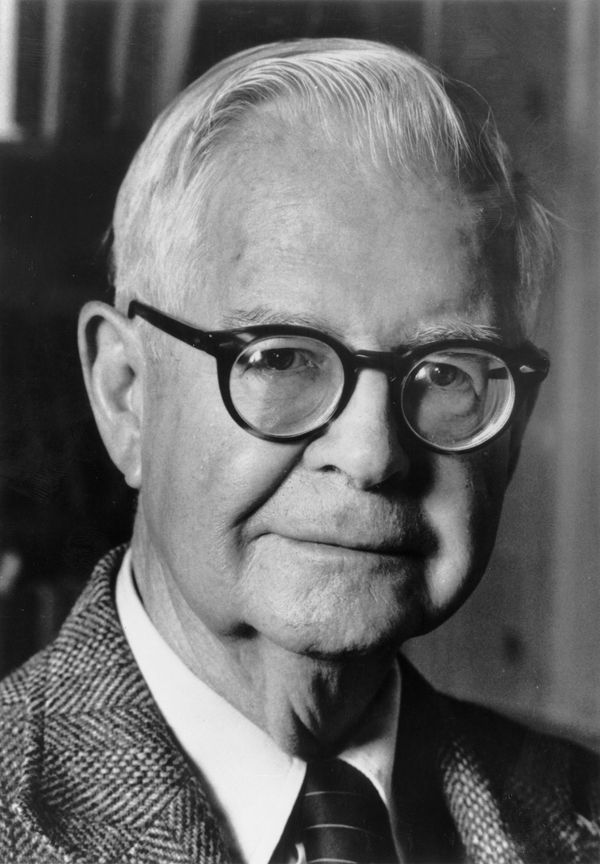20th Century Critics
May 07, 2019 • 63 views
THE 20TH CENTURY HAD 3 IMPORTANT CRITICS. THEY ARE T.S ELIOT, I.A RICHARDS AND CLEANTH BROOKS. Here is everything you need to know about them.

Thomas Stearns Eliot (1888-1965).
Also known as T.S Eliot, is a major New critic of the 20th century. Two of his most influential pieces of criticism are ‘Tradition and the Individual Talent’ that advocated cutting off the reader’s attention from the background of a poet to concentrate solely on the poem. ‘Hamlet and His Problems’ defined Objective Correlative as a particular object, act, sequence, or situation which the poet involves with great feeling. Literature gives experience because it has objective correlative. It adds to the concreteness of a language.
Objective correlative is one of the tools given by New critic T.S Eliot for Close Reading. It consists of different figures of speech, different sequence of events and different images that evoke an emotion. For e.g. In Shakespeare’s play (the scene where lady Macbeth washes her hands) Macbeth says “No perfume of Arabia, can wash off the smell of my hands”, these lines makes the reader feel the exact emotion of guilt that she has in her heart for killing the King. Another example is Alfred Prufrock’s Love song where the writer uses Synthetic images to portray the emotion of love.

Ivor Armstrong Richards (1893-1979).
also called as I.A Richards, spoke about the two kinds of truth. I. A Richards was an American, two of his works on criticism are ‘Meaning of Meaning’ and ‘Practical Criticism’. He spoke about the difference between literary truth and scientific truth. He says that literature uses emotive meaning whereas Sciences use referential meaning. Literature deals with abstract emotions but science needs evidence. For e.g. A psychologist refers to emotions to write a work, on the other hand, a writer involves the emotions inside him to write a work.
According to I.A Richards, referential meaning makes true or false statements. A scientist’s discovery can be proved true with evidence. He says that literary writers use pseudo statements (false statements). A literary work cannot be justified because it is full of imagination. There are four facets of emotive meaning i.e. sense, feelings, tone and intention. A literary work appeals to our senses, contains feeling, sometimes portrays the mood of the poet and can be intentionally moral or sarcastic. The reason why he chose to advocate the two meanings into New techniques is because I.A Richards realised that readers couldn’t understand the inner meaning of the poem nor could they grasp the sensuous image portrayed in the work. He also saw that the readers responses were prejudiced.

Cleanth Brooks (1906-1994).
wrote two major critical works those are ‘Modern Poetry and the Tradition’and‘The Well Wrought Urn. Cleanth Brooks advocated the use of Metaphor, Irony and Paradox in ‘Close Reading’. He says that metaphor is like a tail of a kite that keeps a kite steady. A poet by using metaphors balances the abstract and the concrete. If the writer uses concrete, he will use a tail of abstract ideas. When he uses abstract, he will use a tail of concrete idea. For e.g. Hail oh bright spirit, bird thou ne’er were [from the poem Skylark] The poet uses the word bright spirit that is abstract to compare a bird [skylark] that is concrete. Irony is the equilibrium between two opposing ideas, characters or themes. For e.g. In ‘The Castle’ by Edwin Muir shows balance in their calm and qualm and also balance between the peace and threat. He states that Paradox is the language appropriate and inevitable to poetry. Presence of irony in a poem becomes ironical as a result the reader is able to balance his emotions.
